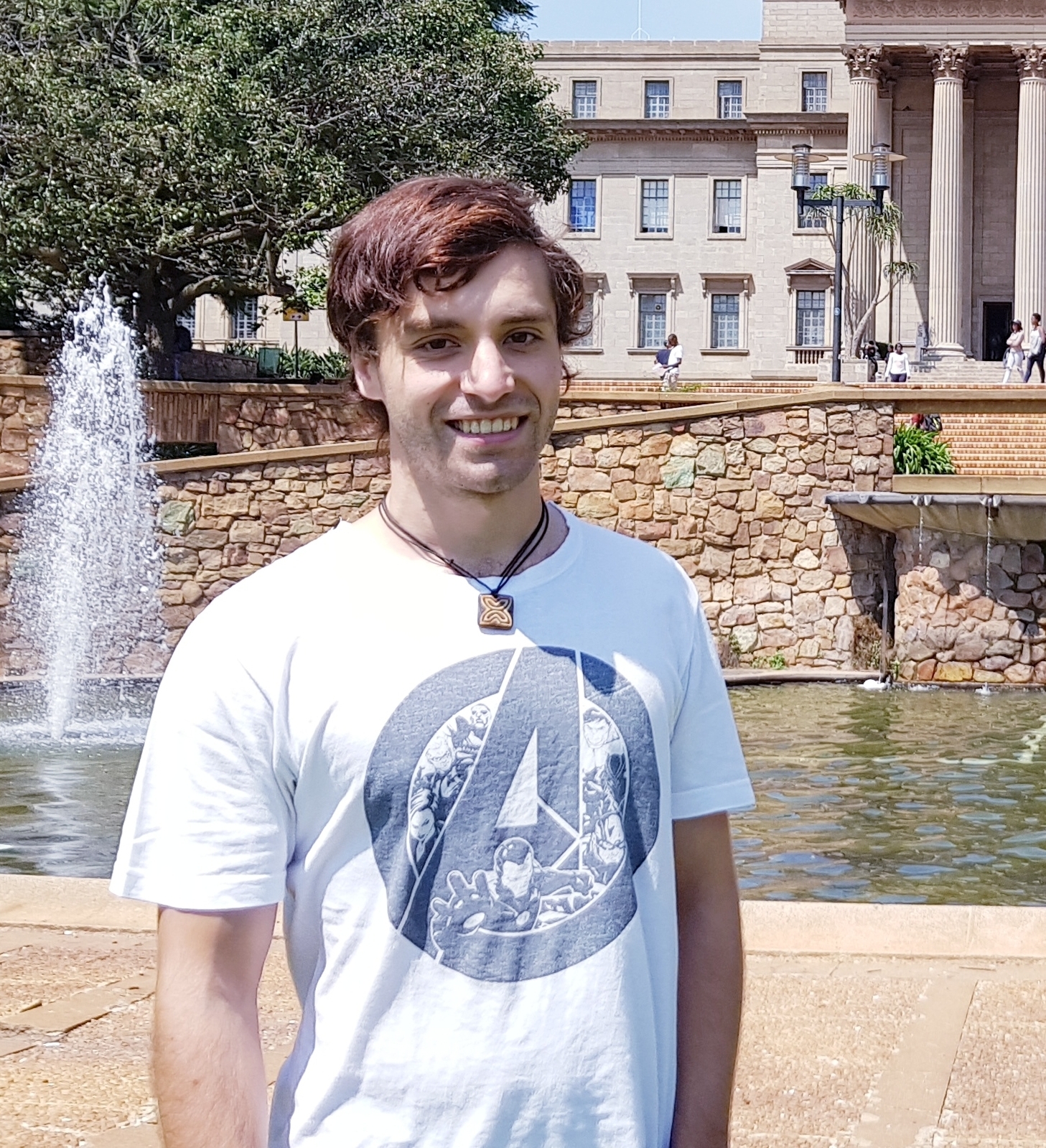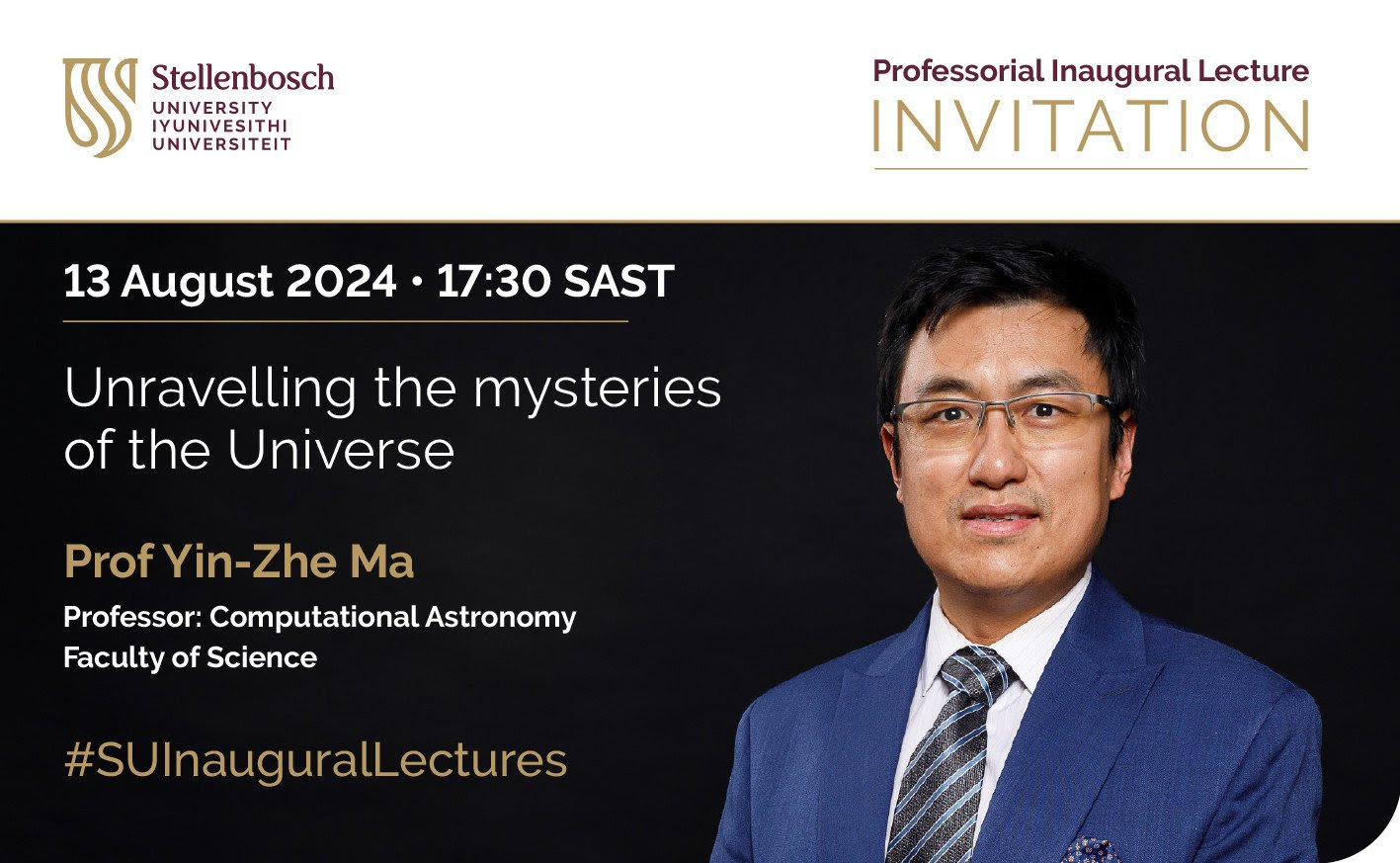Astronomy and Astrophysics
We focus on connecting fundamental physics with astronomical observations to understand the fundamental laws of the Universe, and to unravel the nature of dark matter and dark energy. In particular, our active research directions include the epoch of reionization, extragalactic astronomy, the early Universe, dark matter indirect detection, neutron stars and black holes. We heavily involve in South Africa’s MeerKAT, Square Kilometre Array (SKA), Hydrogen Epoch of Reionization Array (HERA) telescopes, LSST (Vera C. Rubin Observatory), FAST telescope and CMB Stage-4, and also use data from Atacama Cosmology Telescope, South Pole Telescope, ESO’s Kilo-Degree Survey (KiDS), and Dark Energy Survey Instrument (DESI).
Personnel

Dr Steven Murray (PhD: University of Western Australia (2017))
Position: Senior Lecturer
Interests: 21cm Cosmology and Radio Astronomy, Cosmological Structure Formation, Astrostatistics and Bayesian Modelling, Open-source Software Tools
Tel:
Office: 1018 Merensky Building
Google Scholar: Profile

Dr Anslyn John (PhD: University of KwaZulu-Natal (2012))
Position: Lecturer
Interests: General Relativity, Theoretical cosmology, Relativistic Astrophysics
Tel: +27 21 808 3371
Office: 1028 Merensky Building
Google Scholar: Profile

Dr Rob Adam (PhD: University of South Africa (1991))
Position: Honorary Professor
Interests: Radio Astronomy, Nuclear Physics
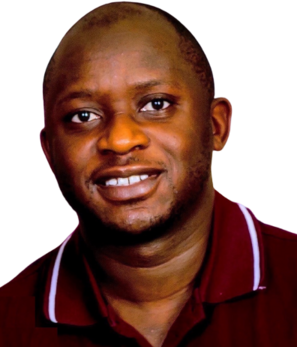
Dr Charles Takalana (PhD: University of Witwatersrand (2020))
Position: Extraordinary Lecturer
Interests: 21-cm Cosmology, Astronomy Development and Policies
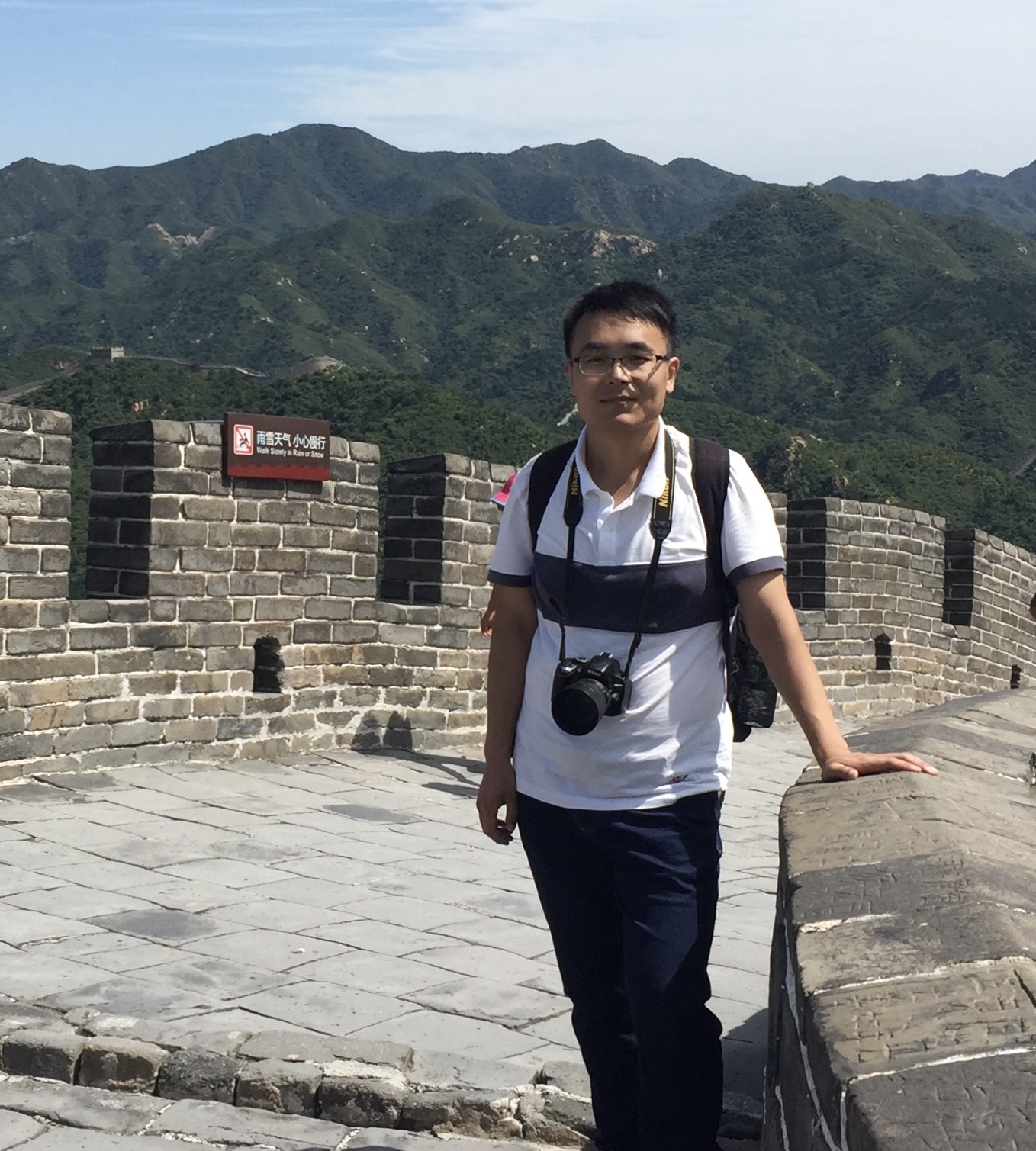
Dr Guo-Jian Wang (PhD: Beijing Normal University (2020))
Position: Postdoctoral Fellow
Interests: Machine Learning, 21-cm Cosmology

Dr Wen-Qing Guo (PhD: University of Science and Technology of China (2024))
Position: Postdoctoral Fellow
Interests: Dark Matter, Radio Astronomy

Dr Colton Feathers (PhD: University of Toledo (2025))
Position: Postdoctoral Fellow
Interests: Semi-analytic simulations of the first stars and galaxies, 21-cm Cosmology

Mr Jelte Bottema
PhD Student
Interests: Utilizing the new realm of machine learning to gain deeper insights into the evolution of the Universe.

Mr Phillip Badenhorst
PhD Student
Interests: Dark Matter, Neutron Stars

Mr Jaymie Van der Merwe
PhD Student
Interest: Numerical simulations of the large-scale structure

Mr Ziyan Yuwen (Left) and Ms Yuer Jiang (Right)
Exchange
Interests: Pulsar Timing Array (Left) and 21-Cosmology (Right)

Mr Guifan Pan
PhD Student
Interests: Thermal Sunyaev-Zeldovich effect and Superradiance

Mr Bram Alferink
PhD Student
Interests: Cosmology and Large-Scale Structure of the Universe

Mr Koustav Konar
PhD Student
Interests: Fast Radio Bursts and Large-Scale Structure of the Universe

Mr Hemanth Potluri
PhD Student
Interests: 21-cm Cosmology and Large-Scale structure

Ms Fatima Saiyed
Interests: 21-cm Cosmology and Cosmic Structure Formation

Mr Riyaadh Jamodien
PhD Student
Interests: General relativity, Bayesian analysis, and multi-resolution analysis.

Mr Luan van Loggenberg
Master’s Student
Interests: Black Holes and Cosmic Censorship
Research
Research Interests:
- Radio Astronomy: Epoch of Reionization, Dark Matter search in radio wavelength, Pulsar Timing Array, 21-cm Intensity Mapping
- Extragalactic Astronomy: galaxy peculiar velocity field, thermal and kinetic Sunyaev-Zel’dovich effect, dynamics of local group, near-field cosmology
- Theoretical Cosmology: the cosmic microwave background radiation, observational tests of inflation, gravity theories
Current Collaboration Projects:
- Hydrogen Epoch Reionization Array (HERA): Calibration and power spectra analysis
- Square Kilometer Array (SKA) team: EoR, HI, Cosmology Science working groups
- Rubin Observatory (LSST) science team
- CMB Stage-4 Survey
Institutional Collaboration:
The Kapetyn Astronomical Institute, University of Groningen, Netherlands
Collaborators:
- Prof Rene Breton, The University of Manchester
- Prof Xuelei Chen, National Astronomical Observatory, China
- Prof Clive Dickinson, The University of Manchester
- Prof Yu Gao, Institute of High Energy Physics
- Prof Hongjian He, Shanghai JiaoTong University
- Prof Di Li, National Astronomical Observatory, China
- Prof Douglas Scott, University of British Columbia
- Prof Aaron Parsons, University of California at Berkeley
- Prof Denis Tramonte, Xian-JiaoTong Liverpool University
- Prof Ludovic Van Waerbeke, University of British Columbia
- Prof Amanda Weltman, University of Cape Town
- Prof Qiang Yuan, Purple Mountain Observatory
Media
Searching for Axion Dark Matter —NITheCS Seminar.
NItheCS Seminar on viscous dark matter by Dr. Anslyn John
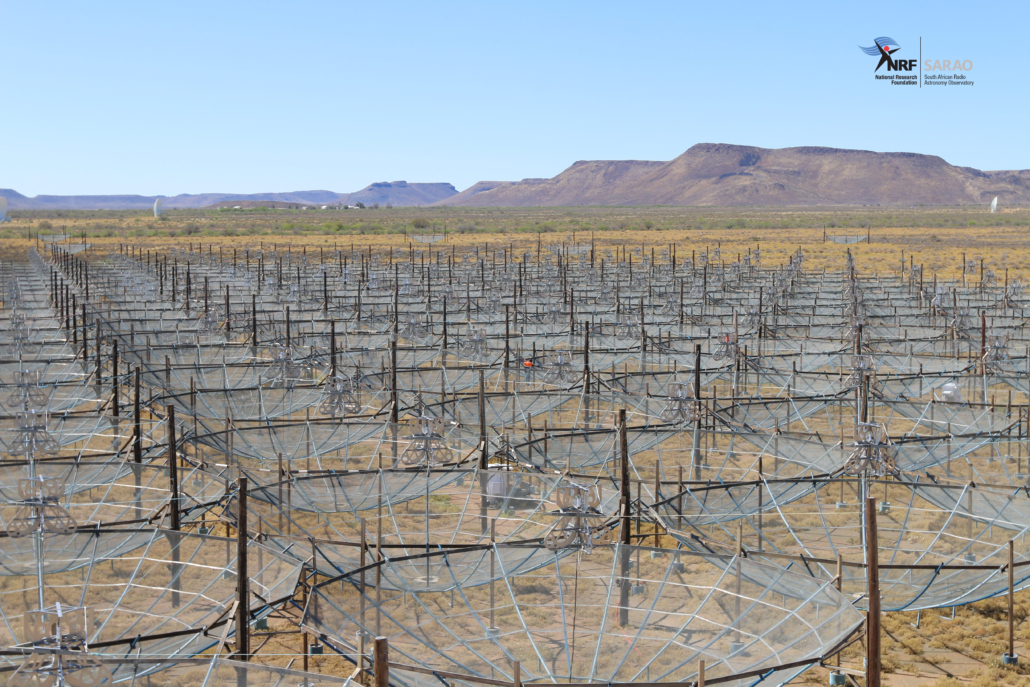
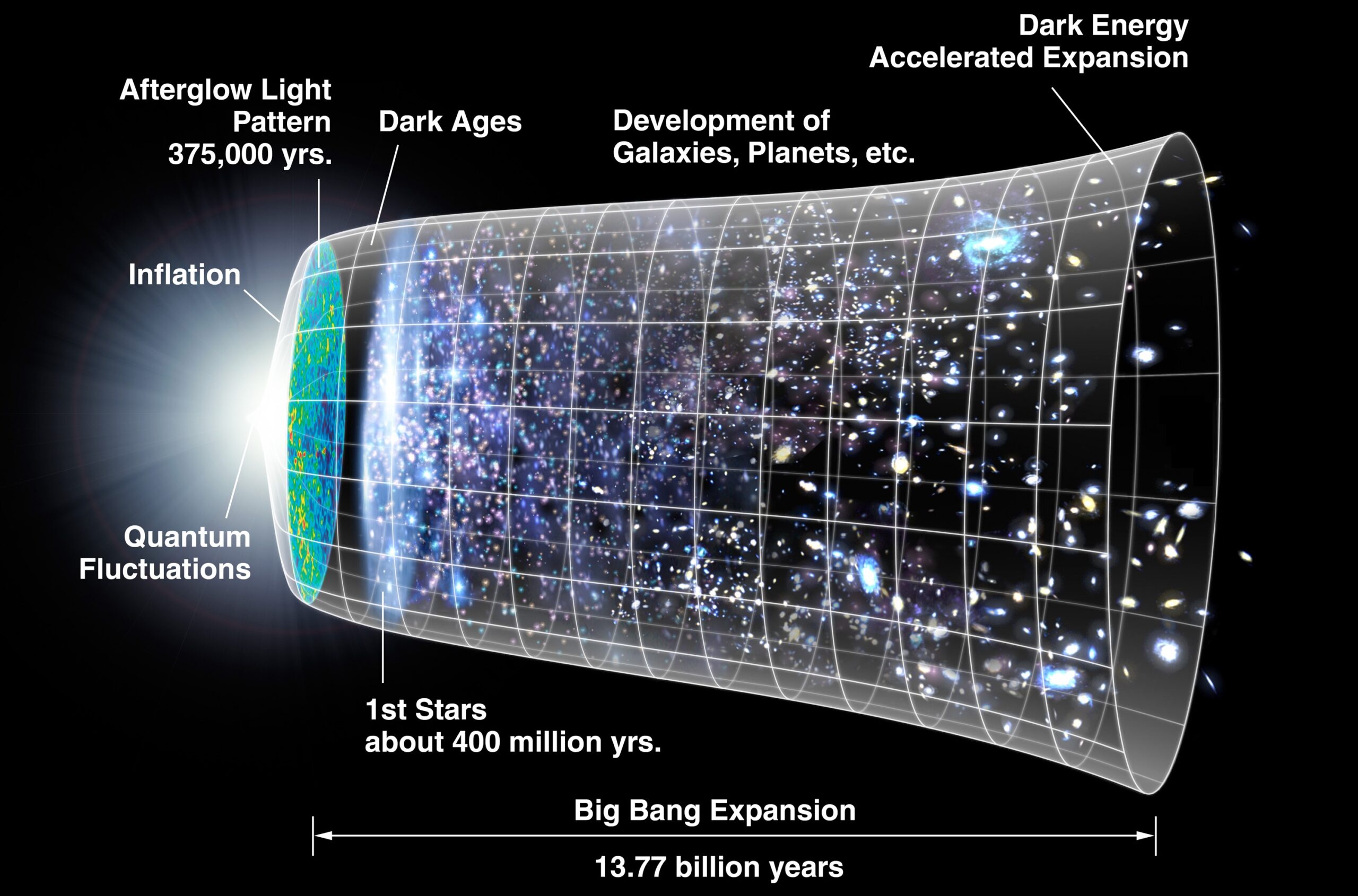
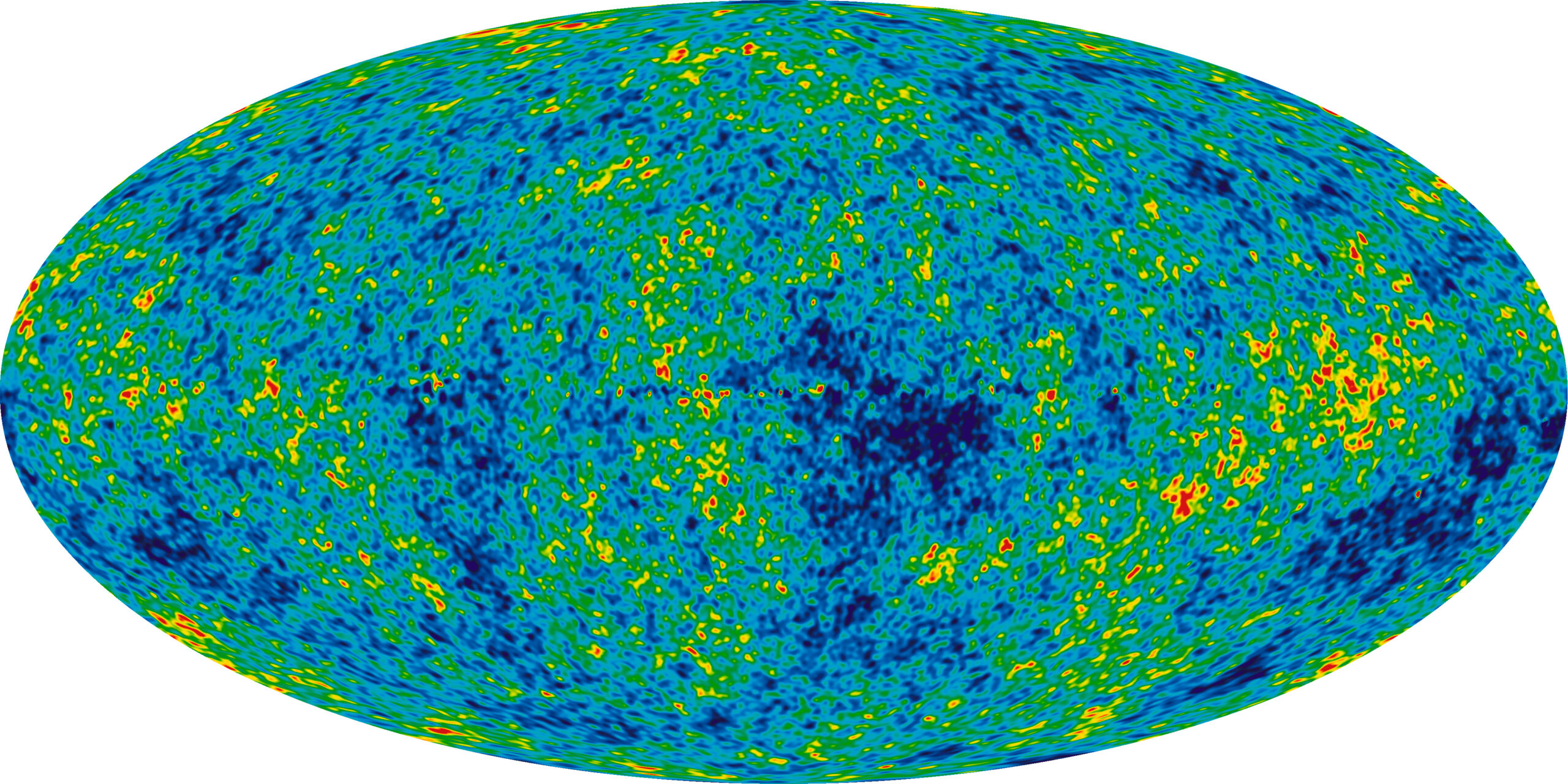
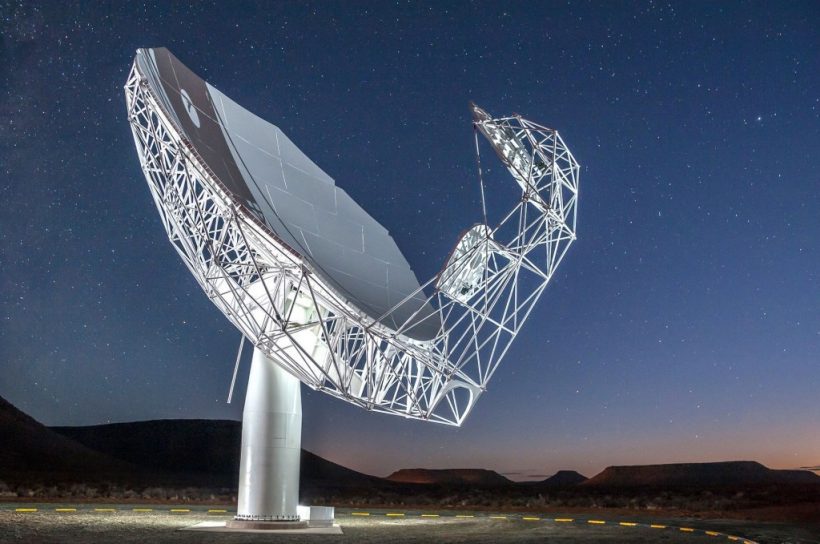
Inaugural Lecture by Prof. Yin-Zhe Ma (13/08/2024).
Interview
Recent Research Highlight
1. Examination of cosmic-ray electrons with solar gamma rays
TeV-range cosmic ray electrons and positrons (CREs) have been directly observed in quests to uncover new physics or unidentified astrophysical origins. These CREs possess the capability to elevate solar photons’ energies into gamma ray ranges through inverse-Compton scattering. In Yang et al. (2023), we investigate the prospective augmentation of the inverse Compton emission spectrum due to a potential surplus of CREs. The diagram illustrates the plausible signal (depicted by residual black lines) within the solar gamma ray spectrum incorporating the CRE surplus. This surplus signal can be examined through extensive observations utilizing water Cherenkov telescopes.
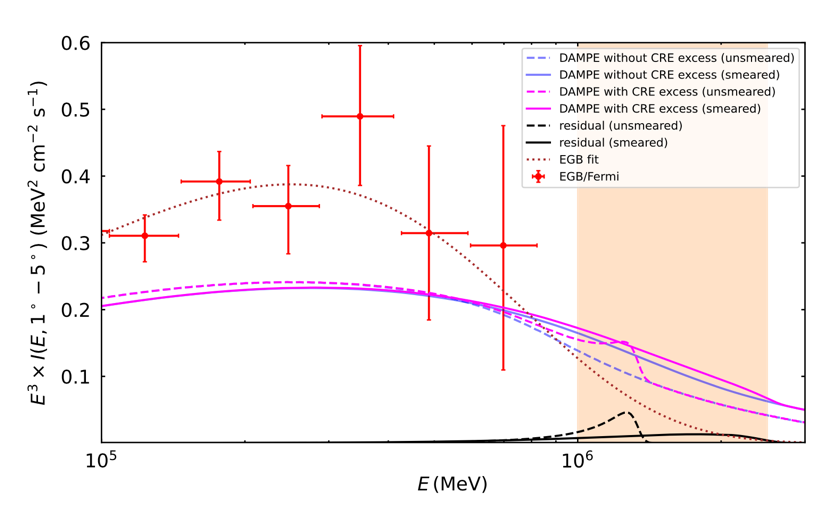
2. Detection of the Integrated Sachs-Wolfe effect (ISW) and thermal Sunyaev-Zeldovich effect cross-correlations
The Integrated Sachs-Wolfe (ISW) effect refers to the redshift or blueshift experienced by cosmic microwave background photons due to the evolving gravitational potential, which, in principle, is correlated with thermal gas on large scales. In Ibitoye et al. (2024), we successfully detected this phenomenon using Planck data with a confidence level of 3.6 sigma. The left panel illustrates the real SZ-ISW correlated power spectrum alongside 100 simulations represented by colored curves, while the right panel displays the signal-to-noise ratio of the genuine SZ-ISW correlation compared to the 100 simulations. Additionally, we employed the cross-correlation power spectrum, as well as tSZ and ISW auto-spectra, to constrain cosmological parameters, yielding intriguing results concerning parameters such as H_0 and S_8. For further elaboration, interested readers are encouraged to consult Ibitoye et al. (2024).
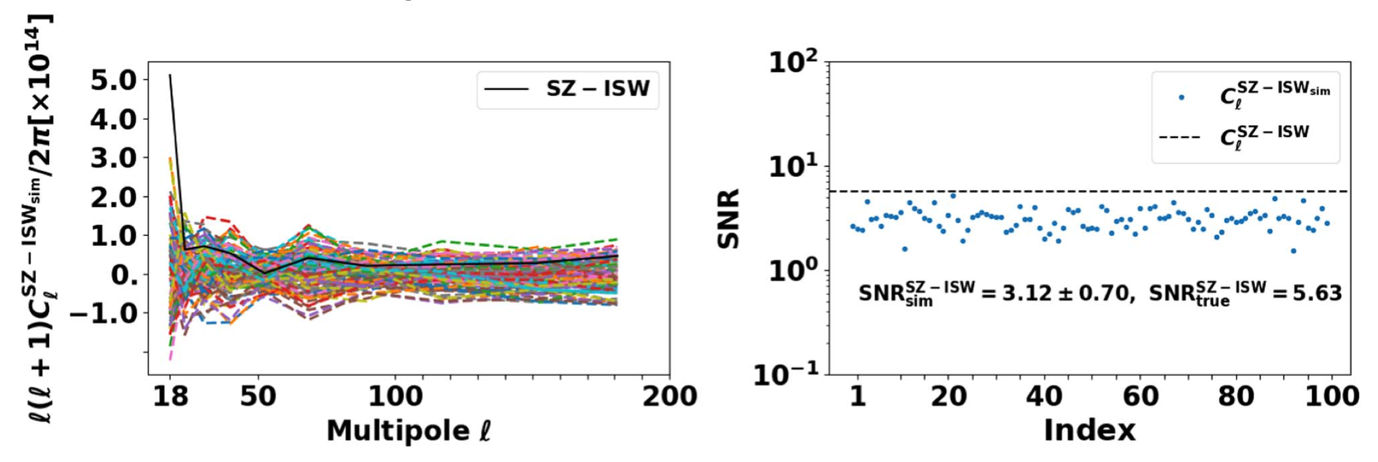
3. Cosmic web’s contribution to FRB’s dispersion measure (DM)
In Walker et al. (2024), we utilized the cosmological simulation “IllustrisTNG” to investigate the dispersion measures (DMs) of fast radio bursts (FRBs) accumulated as they traverse various types of large-scale structure (LSS). Along randomly selected sightlines, we pinpointed halos, filaments, voids, and collapsed structures and computed their respective contributions to DM. As depicted in the right panel, our analysis revealed that filamentary structures predominantly contribute to DM, increasing from approximately 71% to about 80% on average for FRBs for redshift range [0.1, 5]. Conversely, the contribution from halos decreases, while the contribution from voids remains relatively constant, fluctuating within approximately 1%. The primary source of DM variability among sightlines stems from halo and filamentary environments, suggesting that sightlines traversing voids exclusively could serve as more accurate probes for cosmological parameters.
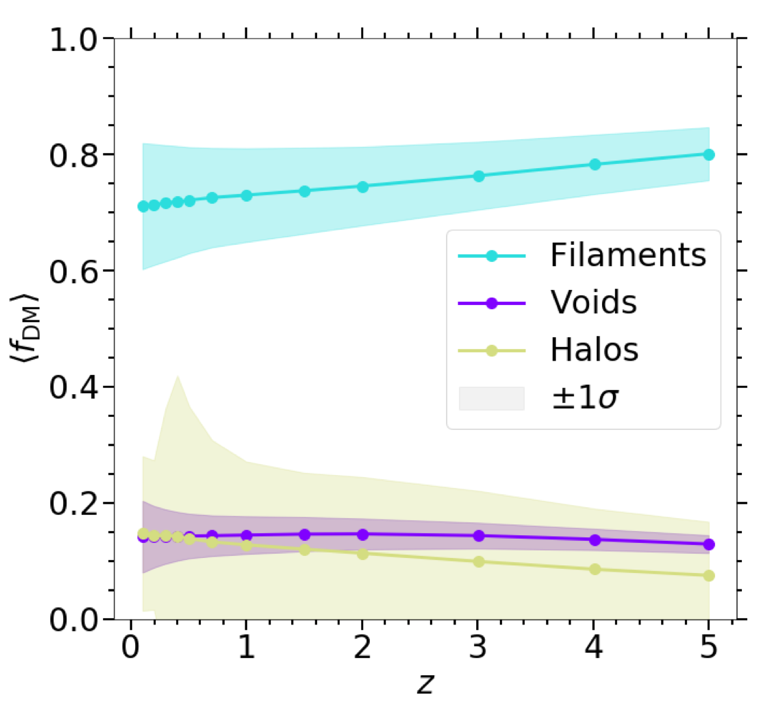
Publication
2025
31. Prospects for kSZ^2-21cm^2 Cross-Correlations during Reionization. Meng Zhou, Paul La Plante, Adam Lidz, Yi Mao, Yin-Zhe Ma, 2025, The Astrophysical Journal, 991, 195 https://doi.org/10.3847/1538-4357/adfb67
30. An independent estimate of H(z) at z = 0.5 from the stellar ages of brightest cluster galaxies. S. Ilani Loubser, Adebusola B. Alabi, Matt Hilton, Yin-Zhe Ma, et al., 2025, Monthly Notices of the Royal Astronomical Society, 540, 3135-3149 https://doi.org/10.1093/mnras/staf915
29. In search of an interaction in the dark sector through Gaussian Process and ANN approaches. Mazaharul Abedin, Guo-Jian Wang, Yin-Zhe Ma, and Supriya Pan, 2025, Monthly Notices of the Royal Astronomical Society in press https://doi.org/10.1093/mnras/staf762
28. MeerKAT HI observations of LSB/UDG candidates projected around two southern loose groups. Gyula I. G. Jozsa, Ivy Wong, Yin-Zhe Ma, et al., 2025,
The Astrophysical Journal Letters, 984, L46 https://doi.org/10.3847/2041-8213/adcee1
27. Investigating mutual coupling in the hydrogen epoch of reionization array and mitigating its effects on the 21-cm power spectrum. E. Rath et al. (including Yin-Zhe Ma), 2025, Monthly Notices of the Royal Astronomical Society, 541, 1125-1144 https://doi.org/10.1093/mnras/staf1012
26. matvis: A matrix-based visibility simulator for fast forward modelling of many-element 21 cm arrays. Piyanat Kittiwisit et al. (including Yin-Zhe Ma), 2025, RAS Techniques & Instruments (RASTI), 4, 001 https://doi.org/10.1093/rasti/rzaf001
25. Impacts and Statistical Mitigation of Missing Data on the 21cm Power Spectrum: A Case Study with the Hydrogen Epoch of Reionization Array. Kai-Feng Chen et al. (including Yin-Zhe Ma), 2025, The Astrophysical Journal, 979, 191 https://doi.org/10.3847/1538-4357/ad9b91
24.Expanded Generalized Needlet Internal Linear Combination (eGNILC) Framework for the 21 cm Foreground Removal. Wei-Ming Dai, Yin-Zhe Ma, 2025, Astrophys.J.Suppl. 276, 33 https://doi.org/10.3847/1538-4365/ad9604
23. DarkMatters: A powerful tool for WIMPy analysis. Sarkis M., Beck G., 2025, Physics of the Dark Universe, 47, 101745 https://doi.org/10.1016/j.dark.2024.101745
2024
22. Relativistic and wide-angle corrections to galaxy power spectra. Sheean Jolicoeur, Secloka L. Guedezounme, Roy Maartens, Pritha Paul, Chris Clarkson, Stefano Camera, 2024, Journal of Cosmology and Astroparticle Physics, 08, 027, arXiv:2406.06274 https://doi.org/10.1088/1475-7516/2024/08/027
21. Multi-tracing the primordial Universe with future surveys. Kopana, M., Jolicoeur, S. & Maartens, R., 2024, Eur. Phys. J. C 84, 491, arXiv:2312.12994 https://doi.org/10.1140/epjc/s10052-024-12839-x
20. When LAMOST meets Gaia DR3 Exploring the metallicity of open clusters. R. Zhang, Guo-Jian Wang, Yuxi Lu, Sufen Guo, S. Lucatello, Xiaoting Fu, Haifeng Wang, Luqian Wang, J. Schiappacasse-Ulloa, Jianxing Chen, Zhanwen Han, 2024, Astronomy & Astrophysics, 692, A212, arXiv:2411.02743 https://doi.org/10.1051/0004-6361/202450726
19. CMBFSCNN: Cosmic Microwave Background Polarization Foreground Subtraction with a Convolutional Neural Network. Ye-Peng Yan, Si-Yu Li, Guo-Jian Wang, Zirui Zhang, Jun-Qing Xia, The Astrophysical Journal Supplement Series, 2024, 274, 4, arXiv:2406.17685 https://doi.org/10.3847/1538-4365/ad5c66
18. A demonstration of the effect of fringe-rate filtering in the hydrogen epoch of reionization array delay power spectrum pipeline. Hugh Garsden et al. (including Yin-Zhe Ma), 2024, Monthly Notices of the Royal Astronomical Society, 535, 3218-3238, arXiv:2402.08659 https://doi.org/10.1093/mnras/stae2541
17. Mitigating calibration errors from mutual coupling with time-domain filtering of 21 cm cosmological radio observations. Ntsikelelo Charles et al. (including Yin-Zhe Ma), 2024, Monthly Notices of the Royal Astronomical Society, 534, 3349-3363, arXiv: 2407.20923 https://doi.org/10.1093/mnras/stae2303
16. FAST HI 21-cm study of blueberry galaxies. Yogesh Chandola, Chao-Wei Tsai, D.J. Saikia, Di Li, Yin-Zhe Ma, 2024, The Astrophysical Journal Letters, 977, L8, arXiv: 2411.13527 https://doi.org/10.3847/2041-8213/ad901c
15. Deep extragalactic HI survey of the COSMOS field with FAST. Hengxing Pan, Matt J. Jarvis, Ming Zhu, Yin-Zhe Ma, Mario G. Santos, Anastasia A. Ponomareva, Ian Heywood, Yingjie Jing, Chen Xu, Ziming Liu, Yogesh Chandola, Yipeng Jing, 2024, Monthly Notices of the Royal Astronomical Society in press, arXiv: 2408.16597 https://doi.org/10.1093/mnras/stae2054
14. Constraining holographic dark energy and analyzing cosmological tensions. Xin Tang, Yin-Zhe Ma, Wei-Ming Dai, Hong-Jian He, 2024, Physics of the Dark Universe, 46, 101568, arXiv: 2407.08427 https://doi.org/10.1016/j.
13. FAST survey of Hi and OH absorption towards extragalactic radio sources. Yogesh Chandola, D.J.Saikia, Yin-Zhe Ma, Zheng Zheng, Chao-Wei Tsai, Di Li, Denis Tramonte, and Hengxing Pan, 2024, The Astrophysical Journal, 973, 48, arXiv: 2406.20026 https://doi.org/10.3847/
12. Hydrogen Epoch of Reionization Array (HERA) Phase II Deployment and Commissioning. Lindsay M. Berkhout et al. (including Yin-Zhe Ma), 2024, Publications of the Astronomical Society of the Pacific, 136, 045002, arXiv: 2401.04304 https://doi.org/10.1088/1538-3873/ad3122
11. Constraining primordial non-Gaussianity using Neural Networks. Chandan G. Nagarajappa, & Yin-Zhe Ma, 2024, Monthly Notices of the Royal Astronomical Society, 529, 3289-3300, arXiv: 2403.02115 https://doi.org/10.1093/mnras/stae679
10. Cross-correlation of cosmic voids with thermal Sunyaev-Zel’dovich data. Gang Li, Yin-Zhe Ma, Denis Tramonte, Guo-Liang Li, 2024, Monthly Notices of the Royal Astronomical Society, 27, 2663-2671, arXiv: 2311.00826 https://doi.org/10.1093/mnras/stad3396
9. Cross-correlation between the thermal Sunyaev-Zeldovich effect and the Integrated Sachs- Wolfe effect. Ayodeji Ibitoye, Wei-Ming Dai, Yin-Zhe Ma, Patricio Vielva, Denis Tramonte, Amare Abebe, Aroonkumar Beesham, Xuelei Chen, 2024, The Astrophysical Journal Supplement Series (ApJS), 270, 16, arXiv: 2310.18478 https://doi.org/10.3847/1538-4365/ad08c5
8. The Dispersion Measure Contributions of the Cosmic Web. Charles R. H. Walker, Laura G. Spitler, Yin-Zhe Ma, Cheng Cheng, M. Celeste Artale, Cameron Hummels, 2024, Astronomy and Astrophysics, 683, A71, arXiv: 2309.08268 https://doi.org/10.1051/0004-6361/202347139
7. HI content of selected mid-infrared bright, starburst blue compact dwarf galaxies. Yogesh Chandola, Di Li, Chao-Wei Tsai, Guodong Li, Yingjie Peng, Pei Zuo, Travis McIntyre, Yin-Zhe Ma, Daniel Stern, Roger Griffith, Thomas Jarrett, Peter Eisenhardt, Chantal Balkowski, 2024, Monthly Notices of the Royal Astronomical Society, 527, 603-619, arXiv: 2310.02202 https://doi.org/10.1093/mnras/stad3018
2023
6. Solar gamma ray probe of local cosmic ray electrons. Hong-Gang Yang, Yu Gao, Yin-Zhe Ma, Roland M. Crocker, 2023, Physical Review D (Letter) 108, L061304 https://journals.aps.org/prd/pdf/10.1103/PhysRevD.108.L061304
5. Implications for primordial black holes from cosmological constraints on scalar-induced gravitational wave. Junsong Cang, Yin-Zhe Ma, Yu Gao, 2023, The Astrophysical Journal, 949, 64 (6 pages), arXiv: 2210.03476 https://iopscience.iop.org/article/10.3847/1538-4357/acc949/pdf
4. Constraints on dark matter annihilation from the FAST observation of the Coma Berenices dwarf galaxy. Wen-Qing Guo, Yichao Li, Xiaoyuan Huang, Yin-Zhe Ma, Geoff Beck, Yogesh Chandola, Feng Huang, 2023, Physical Review D, 107, 103011, arXiv: 2209.15590 https://journals.aps.org/prd/pdf/10.1103/PhysRevD.107.103011
3. GMRT HI mapping of mid-infrared bright Blue Compact Dwarf Galaxies W1016+3754 & W2326+0608. Yogesh Chandola, Chao-Wei Tsai, Di Li, Chandreyee Sengupta, Yin-Zhe Ma, Pei Zuo, 2023, Monthly Notices of the Royal Astronomical Society, 523, 3848-3862 https://doi.org/10.1093/mnras/stad1618
2. CoLFI: Cosmological Likelihood-free Inference with Neural Density Estimators. Guo-Jian Wang, Cheng Cheng, Yin-Zhe Ma, Jun-Qing Xia, Amare Abebe, and Aroonkumar Beesham, 2023, The Astrophysical Journal Supplement Series, 268, 7 https://doi.org/10.3847/1538-4365/ace113
1. Cross-Correlation Forecast of CSST Spectroscopic Galaxy and MeerKAT Neutral Hydrogen Intensity Mapping Surveys. Yu’er Jiang, Yan Gong, Meng Zhang, Qi Xiong, Xingchen Zhou, Furen Deng, Xuelei Chen, Yin-Zhe Ma, and Bin Yue, 2023, Research in Astronomy and Astrophysics, 23, 075003 (12 pages) https://iopscience.iop.org/article/10.1088/1674-4527/accdc0/pdf
Acknowledgement
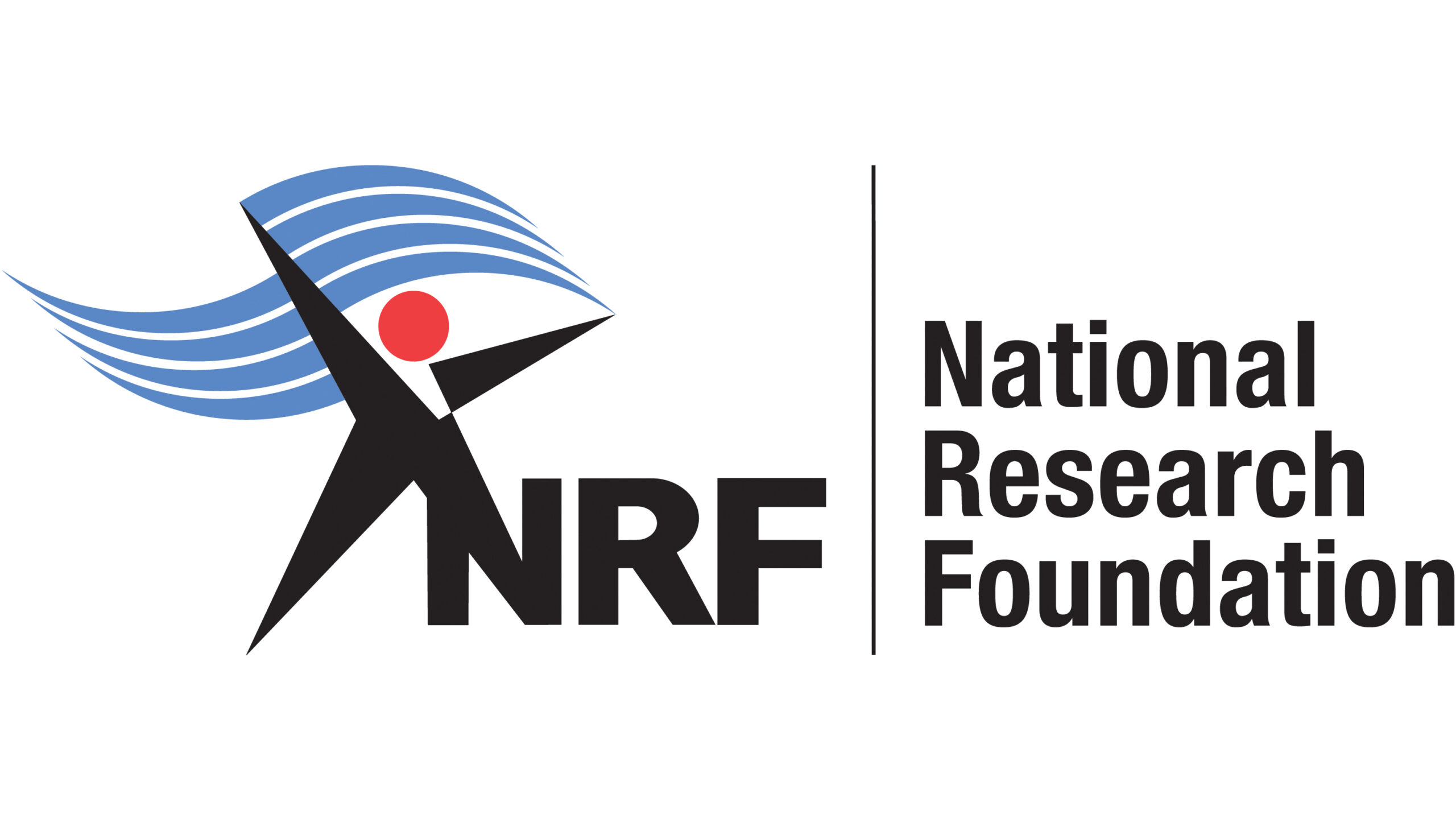
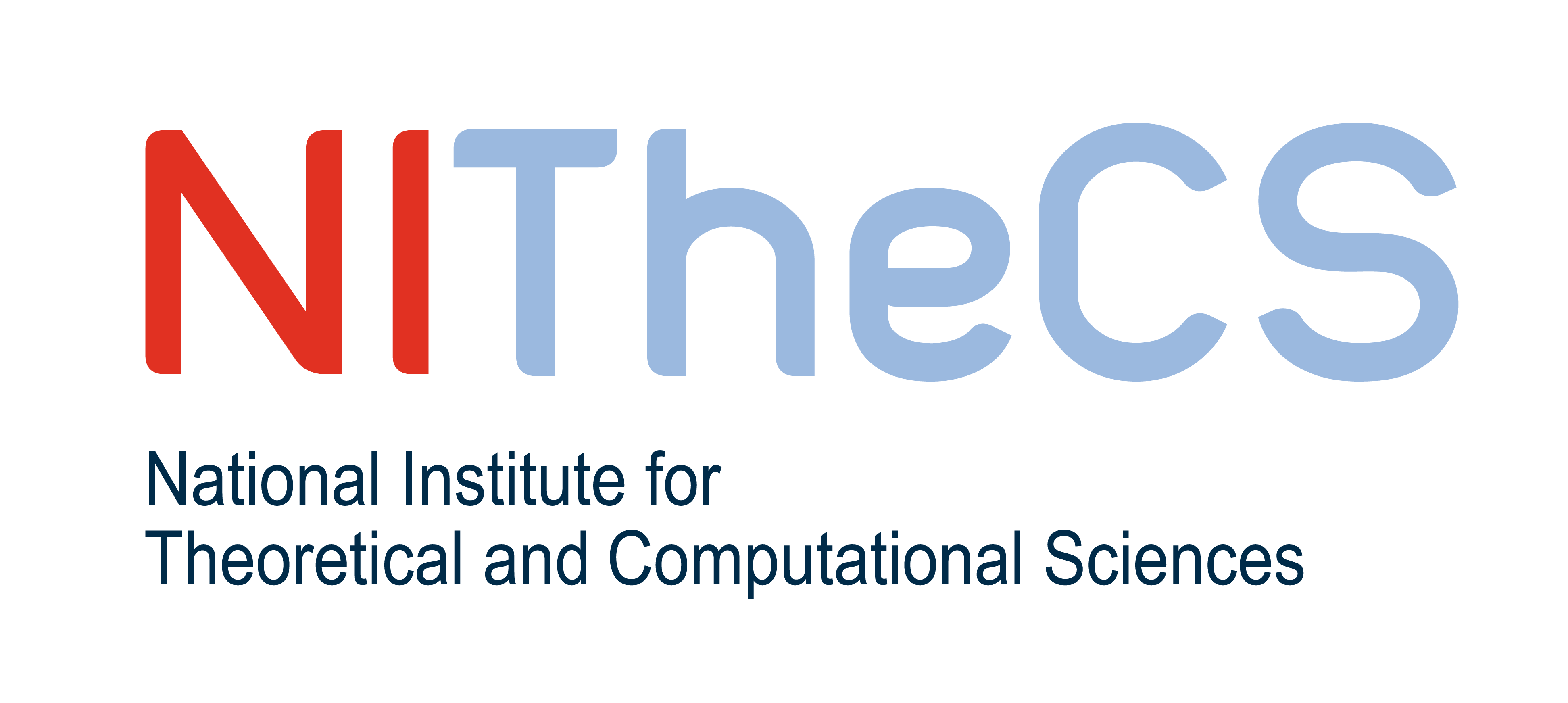
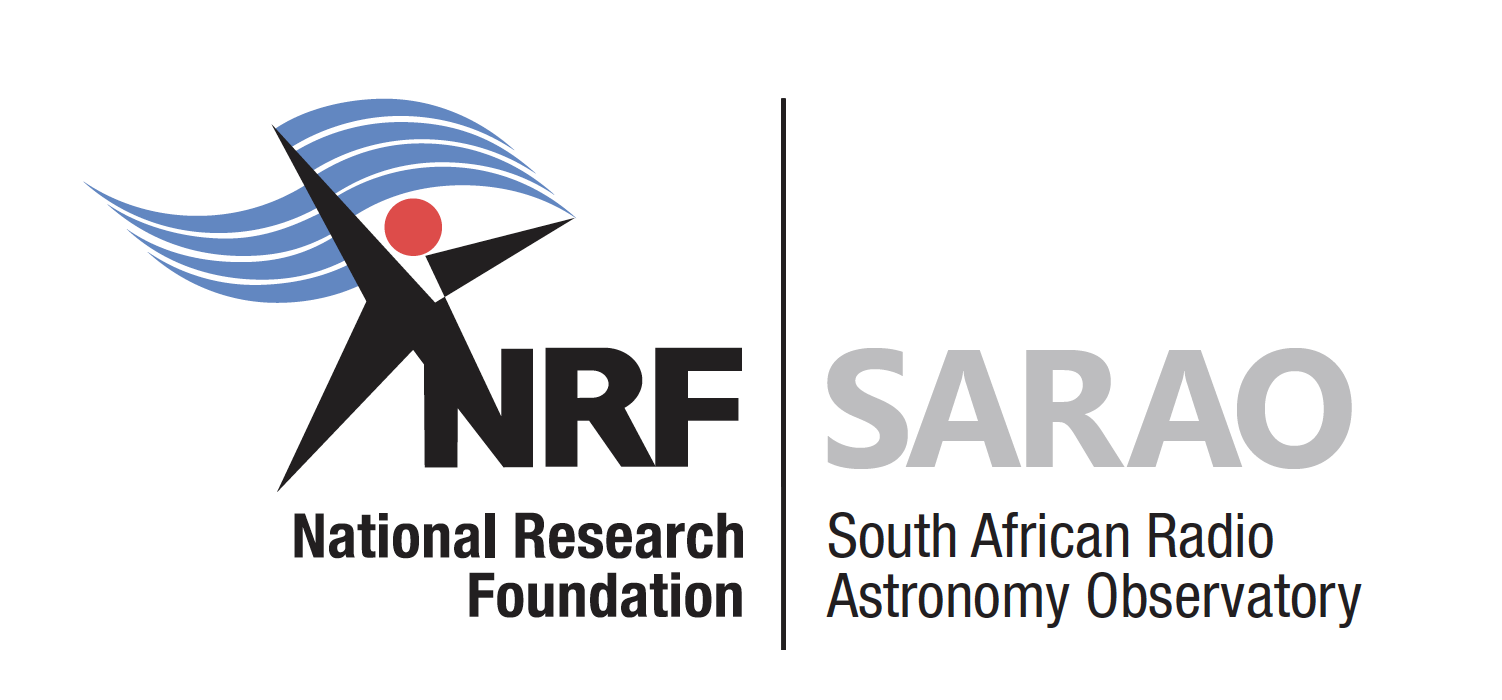
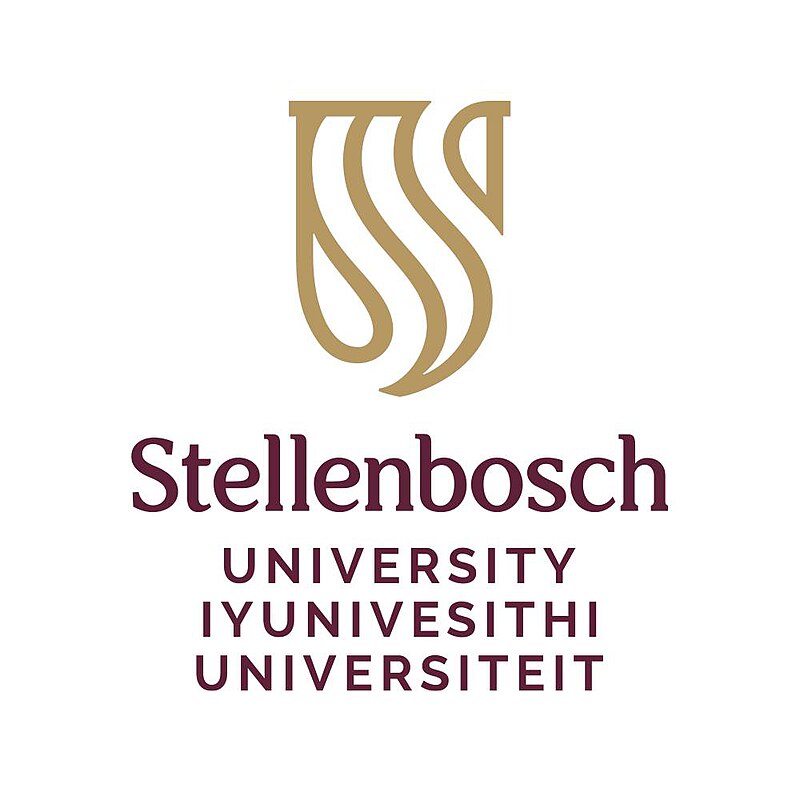
Career or Study Opportunity
One Postdoctoral Fellow For 2025-2027. Astrophysics Research Group, Stellenbosch University (Deadline: 30th April 2025)
One Postdoctoral Fellow For 2025-2027
Astrophysics Research Group, Stellenbosch University
DEADLINE: 30th April 2025
The Astrophysics Research Group within the Department of Physics at Stellenbosch University invites applications for a postdoctoral fellowship, commencing in June 2025 or shortly thereafter. Established in 2023, the group comprises approximately 20 full-time researchers and is engaged in cutting-edge investigations across astrophysics and cosmology. Key research areas include the epoch of reionization, cosmic microwave background (CMB) studies, galaxy surveys and large-scale structures, neutron stars and black holes, and the indirect detection of dark matter.
The group plays a central role in South Africa’s MeerKAT telescope, the MeerKAT Extended Array, and the Hydrogen Epoch of Reionization Array (HERA). It also maintains formal collaborations with international projects such as the LSST (Vera C. Rubin Observatory), the SKA Science Working Groups, FAST, and the CMB Stage-4 survey in the United States. Additionally, the group has established a strategic partnership with the Kapteyn Astronomical Institute at Groningen University, with seven jointly supervised PhD students starting in 2025. Further collaborations extend to Stellenbosch University’s Faculty of Engineering and the School for Data Science, leveraging expertise in radio antenna technology and advanced big-data analytics. More details are available at: https://physics.sun.ac.za/astro/.
Given the group’s involvement in these experiments, preference for this fellowship will be given to candidates with experience in any of the following areas: low-frequency radio data analysis, pulsar-timing arrays, CMB data analysis, galaxy surveys, or weak gravitational lensing.
BURSARY VALUES and DURATION: The fellowship is ZAR 320 000 (tax-free) per annum for two year (24 months), supplemented with a once-off relocation coverage, a once-off equipment grant and a limited travel allowance.
MINIMUM REQUIREMENTS: Ph.D. in astronomy, physics, or a related field (graduated within the last 5 years). Significant computational and data analysis skills are preferred.
APPLICATIONS: Please send a single PDF document to Professor Yin-Zhe Ma (mayinzhe@sun.ac.za) by the closing date containing the:
- Your CV and Publication List.
- Degree Certificates
- A 3-page statement describing the previous/current research and future plan
- Names and Email addresses for 2-3 referees.
Applicants should also arrange for the 2 or 3 reference letters to be sent directly to Prof. Ma by the same closing date. An incomplete application will not be accepted.
Postdoctoral fellows are not appointed as employees and as their fellowships are awarded tax-free, they are not eligible for employee benefits. Stellenbosch University reserves the right NOT to make an appointment if suitable candidates do not apply.
INQUIRIES: Please contact Professor Yin-Zhe Ma (mayinzhe@sun.ac.za)
PhD Scholarships for Stellenbosch-Groningen Joint PhDs in Astrophysics for 2024/2025 (Deadline: 7th August 2024)
Up to Ten PhD Scholarships for Joint PhDs in Astrophysics for 2024/2025
Funded under the Joint Chair for Computational Astronomy at Stellenbosch University, South Africa and the University of Groningen, the Netherlands.
The Joint Chair for Computational Astronomy at Stellenbosch University, founded in 2023 is a joint initiative of the Astrophysics Research Group in the Department of Physics in the Faculty of Science and involves collaborators from the faculties of Science, Engineering, the School for Data Science and Computational Thinking, the University of Groningen (Kapteyn Astronomical Institute), and other prestigious partners. In 2024, Stellenbosch University and the University of Groningen are poised to launch a Research Chair of Computational Astronomy, which will be co-led by Professor Yin-Zhe Ma (Stellenbosch) and Professor Leon Koopmans (Groningen). This initiative will drive pioneering research endeavours in astronomy and astrophysics, spanning various areas such as the Epoch of Reionization, galaxies and the large-scale structure of the Universe, cosmic microwave background radiation, neutron stars and black holes, neutrino cosmology, and the indirect detection of dark matter. The Research Chair plays a pivotal role in several significant astronomical projects in South Africa, including the MeerKAT telescope, MeerKAT Extended Array, Hydrogen Epoch Reionization Array (HERA), LOFAR telescope, and maintains robust formal collaborations with esteemed projects such as the LSST project (Vera C. Rubin Observatory), SKA Science Working Groups, FAST and Euclid telescope, and CMB Stage-4 survey. Under this initiative, up to ten fully-funded Joint-PhD scholarships (four years) are available (see the attached project list).
Criteria
We seek excellent students with a strong background in (astro)physical, engineering, or computer sciences, depending on the specific projects, who desire to obtain a Joint-PhD degree from a top-ranked European and a top-ranked South African university.
To be eligible to apply, a candidate must hold a Master’s or equivalent degree in Physics, Astronomy, Engineering, or Computer Science by the starting date of the enrolment (1 January – 31 March 2025). Previous research experience and skills will be important criteria for selection.
English is the common language spoken at both institutes, and proficiency in English is a requirement for acceptance. For more details, see: UG Admission Criteria
More detailed information on the individual projects offered, supervisors, requirements, and how to apply can be found at: UG Kapteyn Institute and SU Astrophysics Group
APPLICATIONS: Submit your application here
PhD SCHOLARSHIP VALUES and DURATION:
Programme structure: The PhD students will be registered at both SU and UG. The students will defend their PhD thesis at the University of Groningen and obtain a Joint-PhD degree from both universities. All PhD positions are fully funded for four years at the level appropriate for their stays in South Africa (~3 years) and the Netherlands (~1 year).
Stipend: In accordance with the regulations while resident at Stellenbosch University and while resident at the University of Groningen. The scholarship value is R 200,000 per year for four consecutive years. During the visiting period at UG (6-12 months), the student will receive an additional monthly top-up to align with the local standard for PhD students in the Netherlands.
Degree: Students will be registered at the graduate schools of both universities. They will defend their PhD thesis at Groningen University and receive a joint degree from Groningen University and Stellenbosch University.
Travel: Students will be encouraged and supported to present and participate in national and international conferences
Publication: Candidates are expected to publish at least two peer-review journal papers by the end of their studies.
Application deadline and Selection process
Publication Start Date: 15 June 2024
Application Deadline: 7 August 2024 (at midnight (23:59 SAST/CEST)).
Short-listing of candidates will continue until all positions are filled.
Interviews of shortlisted candidates are expected to start by 26 August 2024.
Final acceptance of the candidates will be completed by early October 2024.
USEFUL LINKS:
The Chair and the Astrophysics Group: https://physics.sun.ac.za/astro/
The Kapteyn Astronomical Institute: https://www.rug.nl/research/kapteyn/
Prof Yin-Zhe Ma:
Prof. Léon Koopmans
Joint Degree Program with Groningen:
- http://www.sun.ac.za/english/research-innovation/Research-Development/joint-degrees-at-stellenbosch-university
- http://www.sun.ac.za/english/SUInternational/partnerships-and-networks/partner-institutions-(2)
INQUIRIES: Please contact us via suugastro@gmail.com
PROJECT LIST (Attached):


